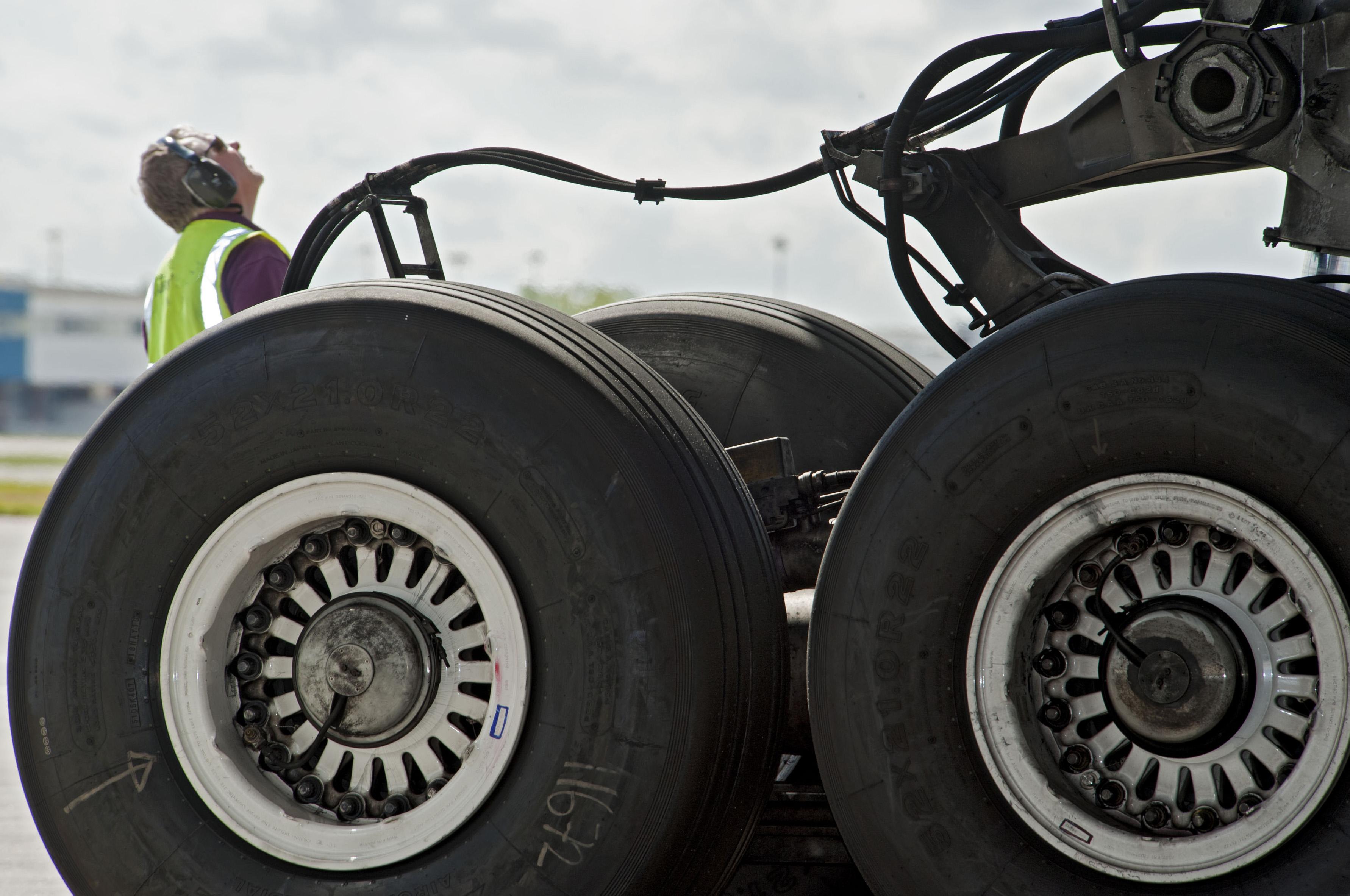
Anticipated effects of the COVID-19 pandemic—including a smaller global fleet, near-term retirements of older aircraft and expected cost-cutting by airlines over the next several years—have led Boeing to cut 10%, or about $100 billion, out of its 20-year forecast for commercial aviation services spending.
Boeing’s updated annual Commercial Market Outlook, its first since the pandemic started, projects a $9.04 trillion market for its broadly defined services segment through 2039. The figure is down from September 2019’s projection of a $9.1 trillion market through 2038.
Most of the reduction will come in the next 10 years, as airlines look to stabilize their operations with a smaller, younger fleet in the wake of a historic drop in demand, Boeing said in a summary of its forecast released Oct. 6.
Services, including maintenance, data analytics, airside operations support, and personnel training, will generate $3.3 billion through 2029, or just 36% of the total projected during the 20-year forecast. The maintenance and engineering (ME) segment—the second-largest services subset after ground and cargo operations support and the closest to a pure MRO category—will generate about $900 billion in business in the next 10 years, or about 40% of the $2.2 trillion forecasted through 2039, Boeing said.
Boeing’s 10-year MRO demand figure aligns closely with Aviation Week’s recently revised 10-year MRO forecast of $878 billion from 2021-2030, down 7% compared to just before the pandemic.
Among the main factors that will slow spending on services is an overall reduction in projected fleet growth. Boeing’s forecast of 43,110 deliveries through 2039 is 2% fewer than its 2019 20-year outlook saw. Its total projected fleet of 48,400 commercial passenger and freighter jets at the end of 2039 is 2,260 lower than last year’s comparable figure—a 4% reduction.
In 2019, Boeing tabbed 44% of new deliveries during the next two decades replacing existing aircraft, while the rest would be used for growth. The new forecast ups the replacement figure to 48% for the 20-year period and 56% for the next decade as airlines jettison older, less efficient models following the pandemic while leveraging continued low interest rates and what is likely to be a heavy push by manufactures to keep new-aircraft deliveries flowing. The figures are a sharp contrast to the last decade, which saw just 35% deliveries used to replace existing aircraft.
During periods of growth and little market disruption, airlines collectively remove 2-3% of the global fleet annually for retirement, bringing in new, more efficient aircraft. When the demand environment gets challenging, such as following the 9/11 attacks that came during an existing slump or after the 2007-2009 global financial recession, this removal-rate percentage can double, while new aircraft orders usually slow down. The result is an extended period when a higher percentage of deliveries go towards replacements.
“Our view is that we’ll see something very similar in this case,” said Darren Hulst, VP of commercial marketing for Boeing. “It may be even more pronounced in the near term because of the impact to the industry and [industry’s] significance on a global basis.”
Thanks to a surge in deliverers in 1997-2001, a natural replacement wave was approaching. The pandemic is one of several factors, along with a sustainability drive that favors more efficient aircraft and airlines’ general desire to lower unit costs, likely to accelerate the retirement rate, Hulst said.
Boeing believes air passenger traffic will not recover to pre-pandemic levels until at least 2023. The company also predicts it may take as long as five years for the airlines to resume the industry’s long-term, steady trajectory of 4-5% annual growth. Its 20-year forecast assumes an average annual growth rate of 4%.





